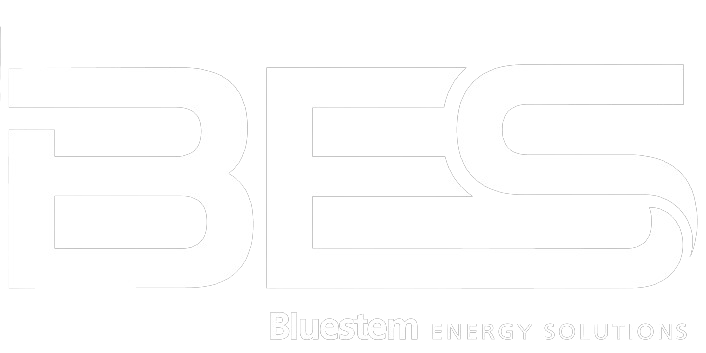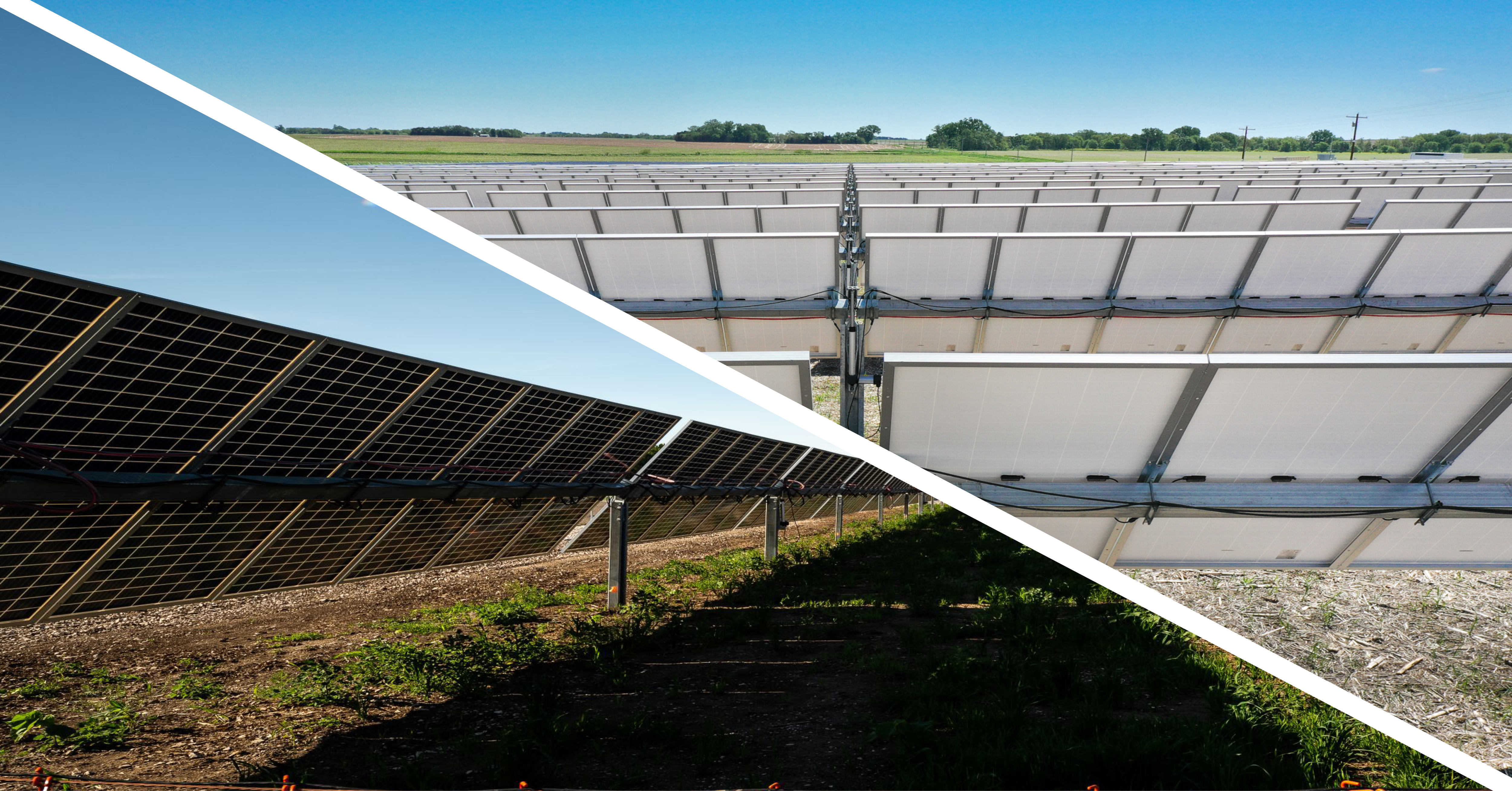Bifacial or Monofacial Panels for Utility-Scale Solar?
Bluestem’s Director of Research and Development, Dr. Srikanth Madala, recently presented a comparative analysis of utility-scale bifacial and monofacial PV projects. Before we dive into the analysis, let’s define the two technologies.
Traditional solar panels are monofacial, with solar cells on only one side of the panels. Bifacial solar panels feature solar cells on both sides.
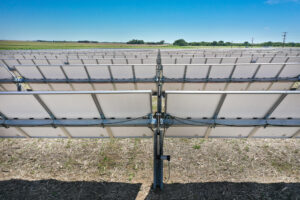
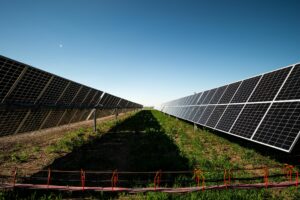
Dr. Madala compared two Bluestem solar projects over seven months to analyze the difference in performance. These two projects, located in Burt and Dodge Counties in Nebraska, were built within 48 miles of each other. The projects were designed to be almost exactly alike. From solar size to battery size, to number of modules to project area, and even using the same size battery storage systems, these two facilities are identical in all ways but one: Dodge County uses monofacial modules, while Burt County uses bifacial modules.
So, do the benefits of bifacial modules outweigh the cost advantages of monofacial modules?
Let’s compare the bifacial and monofacial projects:
Overall Energy Production: The bifacial project produced 5.5% more kWh than the monofacial.
Capacity Factor: The bifacial project’s capacity factor was consistently higher than the monofacial. This percentage indicates how fully the solar project’s capacity is used.
Demand Value: The bifacial project’s demand value ($/MWh) was also consistently higher than the monofacial.
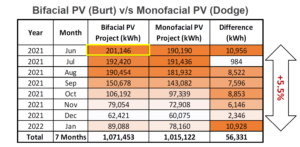
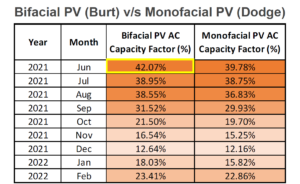
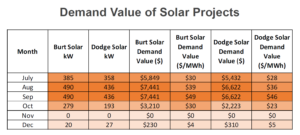
What is helping bifacial outperform monofacial?
Several factors are causing the bifacial solar project to come out on top.
- Higher Diffuse Solar Radiation: The double-sided panels can pick up light reflecting off the ground and other surfaces.
- Ground Albedo (Reflectivity)
- Tracker height from the ground (Array height)
- Effective cable management
- Spacing between adjacent rows (Pitch)
Takeaways:
For utility-scale solar installations with proper planning, bifacial solar arrays will typically outperform monofacial arrays.
In this case study, the solar projects provided a demand value of $30-$49 per MWh (bifacial) and $23-$46 per MWh (monofacial) in summer and shoulder months. The energy generated by the bifacial PV project was 5.5% higher than the monofacial PV project over the course of 7 operating months.
The additional capital cost for the bifacial modules was approximately $10,000/MW, which is expected to be paid back in less than 2.5 years. In this case, the benefits of bifacial modules did outweigh the cost advantages of monofacial options.
The future looks bright for bifacial solar PV. Bifacial modules and higher wattage modules (350W to 700W) are starting to dominate the utility-scale installations, and all Tier-1 manufacturers offer bifacial module products. Bifacial modules are exempt from the Section 201 import tariff (14% – 14.75%), which has been extended into 2026. This exemption will likely contribute to their continued popularity.
Have questions? Want to learn more about utility-scale solar? Contact us today!
More about the project:
Bluestem Energy Solutions owns and operates the Burt County Solar-Plus-Storage Project, which features a 1.4 MWAC solar array and a 6 MWh Tesla Megapack battery storage system across two sites. In partnership with offtaker Burt County Public Power District, Bluestem began operation of the project in June 2021. The solar-plus-storage project is one of the first installations in the Midwest to feature Tesla Megapack. The project is also the first solar and utility-scale battery storage system to be built in tandem in Nebraska. Developed by Bluestem Energy Solutions and constructed by Boyd Jones Construction, the project is now operational in BCPPD’S service territory.
